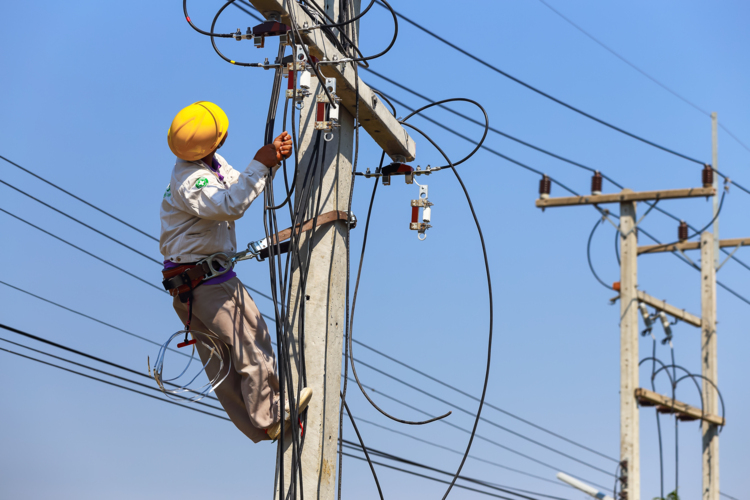 In my previous post, I argued that the growth of multi-operator in-building cellular services depend on three factors: 1) operator willingness to look at new operational models; 2) common, cross-operator technical solutions, and 3) deployment and service management expertise. In this follow-on post, I’ll elaborate on each.
In my previous post, I argued that the growth of multi-operator in-building cellular services depend on three factors: 1) operator willingness to look at new operational models; 2) common, cross-operator technical solutions, and 3) deployment and service management expertise. In this follow-on post, I’ll elaborate on each.
CLICK TO TWEET: Stuart Holyoak provides you additional info regarding in-building wireless service for multi-operators
On the operator side, an ever more competitive commercial environment has fueled an appetite to look at a new way of serving customer needs. Subject to regulatory approval and careful management, operators can deliver cellular service in more locations, to more customers with limited operational and capital expenditure. In many markets this step change is starting to take shape.
A common radio solution able to deliver all operators over a single architecture is the needed technical solution. Historically, distributed antenna systems have been used for multi-operator deployments. Recent advances including digital and C-RAN architectures have driven down the cost of these solutions, but their economics still favor large, more strategic venues. The traditional distributed antenna systems (DAS) approach also delivers well where in-building services are specified early on at the building design stage, however where time to service is important any delays in deployment or the turn up of the active component can limit the applicability of this type of solution. The multi-operator core network approach in which operators share spectrum to reduce infrastructure is an elegant concept, but to date operators have shown little willingness to share this most important of assets.
An ideal solution needs to overcome challenges in power consumption concerns, ever decreasing “head-end” deployment space and complexity of deployment by using standard IT deployment principles. It must offer a lower cost base to increase the addressable use cases and subsequent return on investment. It also needs to guarantee a consistent, high-quality experience for subscribers and seamless integration with macro network. Time to deployment is also a critical factor that must be improved upon via solution simplicity and a fully integrated, single vendor, multi-operator approach. Solutions that meet these requirements, such as CommScope’s OneCell, are now becoming available to operators and their deployment partners and are designed to meet the requirements of a wider building demographic.
The final enabler, deployment expertise, is increasingly being provided by neutral hosts and their supporting ecosystem of system integrators. The key role of the neutral host is to act as a commercial and technical intermediary between the end customer and the mobile network operator. Neutral hosts who we work with including colleagues from ExcelRedstone, Wireless Infrastructure Group (WIG) and StrattoOpencell, possess critical skill sets in wireless system deployment as well as ongoing operations and service management. The level of responsibility that operators are prepared to forgo is still to be determined, but we are already seeing more and more examples of operators trusting their subscribers to systems deployed and managed by neutral hosts. The role as an intermediary between the end customer and the operator is also a key requirement such that an ‘all’ operator solution can be guaranteed.
A wide variety of commercial models exists, but in all cases the end customer is funding the sought after in-building service delivery. On paper this suggests a win-win situation; it offers service to more users, optimizes the use of scarce spectrum and the reality is that with more users offloaded from the macro network all users will ultimately benefit from enhanced service levels.
Will you be attending Small Cells World Summit in London next week? If so, I recommend you attend the 21 May afternoon discussions on neutral hosts. There’s a 2:00 – 3:30 PM panel Neutral hosting for multi-operator mobile connectivity featuring our partner and one of the UK’s leading neutral host operators, Scott Coates, chief executive officer of WIG. I’ll be joining the following panel from 4:00 – 5:30 and Graham Payne, co-founder of StrattoOpencell will be speaking about shared infrastructure being the future of mobile networks at the same time.










